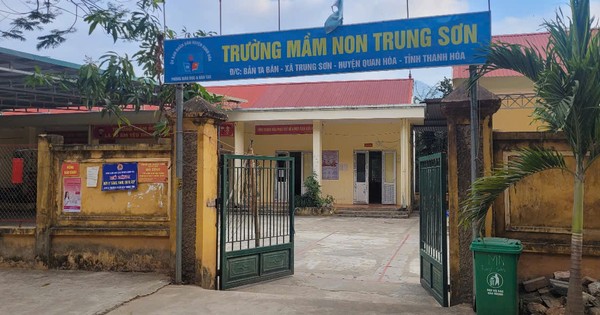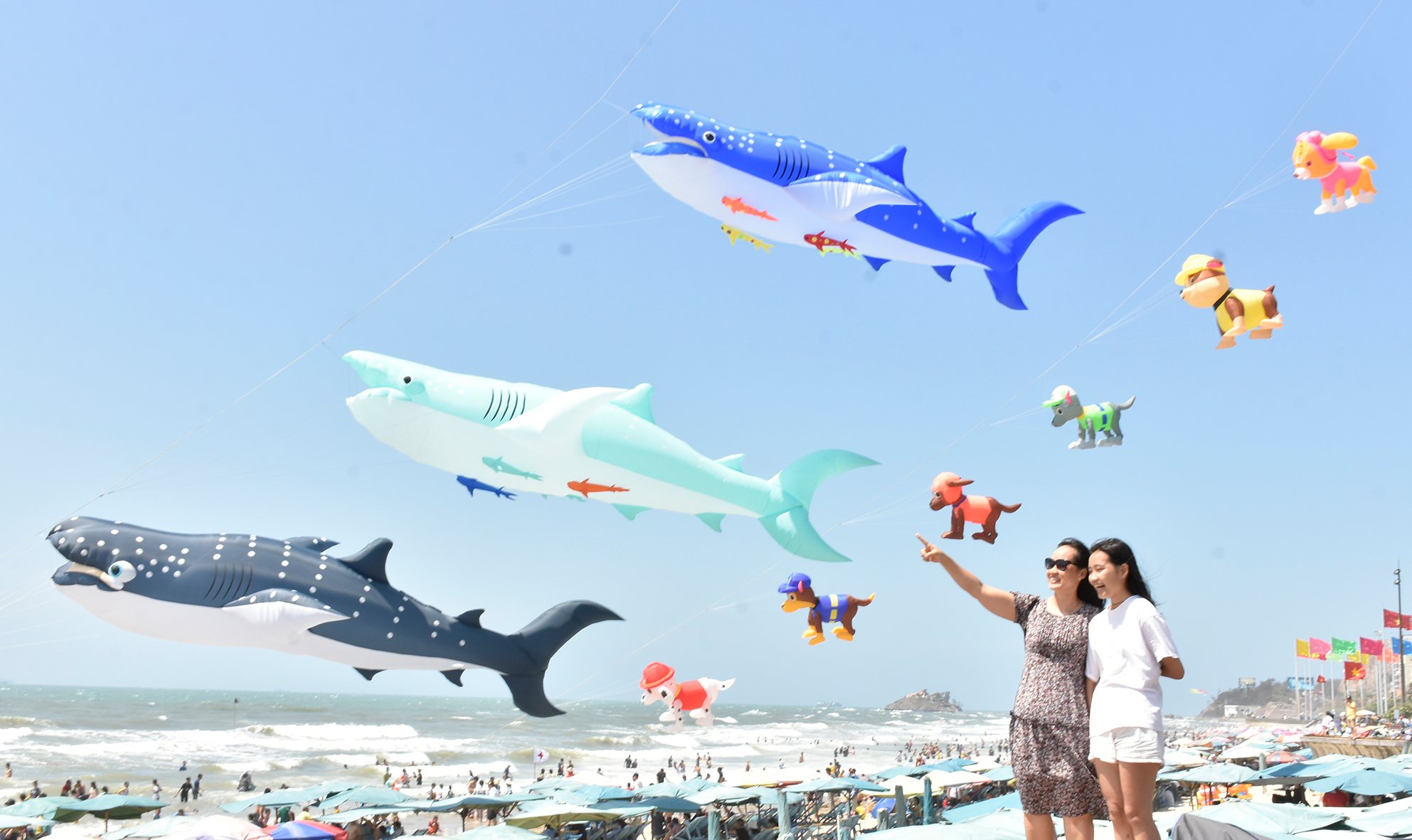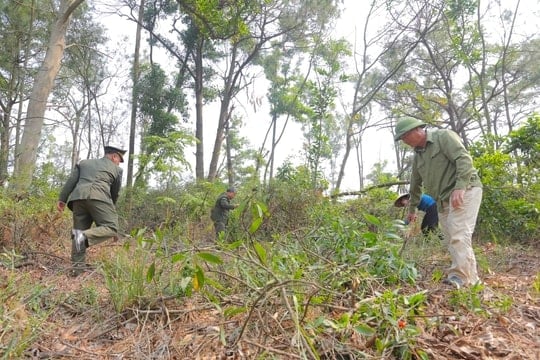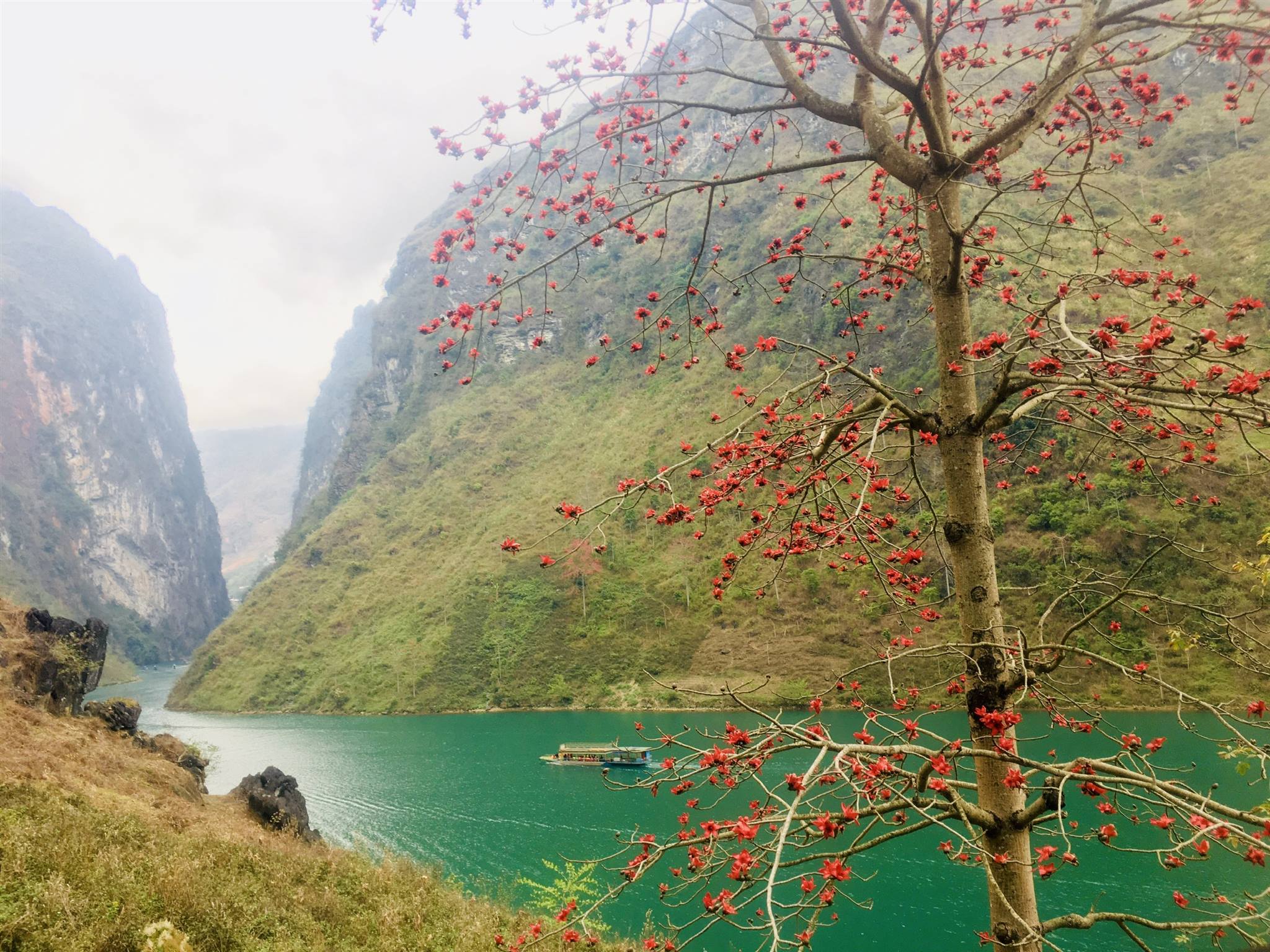
1. Hau Giang was merged from which localities?
- A
Can Tho and Soc Trang
According to the Portal of the Department of Culture, Sports and Tourism of Can Tho, after the liberation of the South and the reunification of the country, our Government issued Decree 03/ND-76 dated March 24, 1976 merging Can Tho and Soc Trang provinces into a new province named Hau Giang, with the provincial capital being Can Tho city.
- B
Vinh Long and Ben Tre
- C
Can Tho and Kien Giang
- D
An Giang and Dong Thap

2. In what year was Hau Giang split into two provinces?
- A
1990
- B
1991
In December 1991, the 8th National Assembly in its 10th session passed a resolution to split Hau Giang province into two: Can Tho and Soc Trang.
- C
1992
- D
1993

3. How many provinces and cities does Hau Giang border?
- A
2
- B
3
- C
4
- D
5
According to the provincial electronic information portal, Hau Giang borders Can Tho city and Vinh Long province to the north, Bac Lieu province to the south, Soc Trang province to the east, and Kien Giang province to the west.
The land of Hau Giang province today belongs to Long My district, Rach Gia province and Phung Hiep district, former Can Tho province.
On January 10, 2020, the National Assembly Standing Committee issued Resolution No. 869/NQ-UBTBQH14 on the arrangement of district and commune-level administrative units in Hau Giang province. The number of district-level administrative units in Hau Giang province includes 8 units: Vi Thanh city, Nga Bay city, Vi Thuy district, Phung Hiep district, Chau Thanh district, Chau Thanh A district, Long My district and Long My town.

4. Which is the most famous market in Hau Giang?
- A
Nga Bay Floating Market
Nga Bay floating market is in Nga Bay ward, Nga Bay town, Hau Giang province.
Previously, the market was located in Phung Hiep town, Phung Hiep district, so it was also called Phung Hiep floating market. The market is about 30 km from the center of Can Tho city, at Phung Hiep intersection - where 7 rivers meet: Cai Con, Bung Tau, Mang Ca, Soc Trang, Lai Hieu, Xeo Mon, Xeo Dong.
Nga Bay Floating Market is one of the most bustling and famous floating markets in the Mekong Delta. Hidden deep within the floating market is the depth of indigenous culture not only of Hau Giang but also the soul of the entire Mekong Delta. - B
Cai Rang Floating Market
- C
Long Xuyen floating market
- D
Cai Be Floating Market

5. Where does the name Nga Bay come from?
- A
Is the place of 7 bridges
- B
Is the intersection of 7 river branches
According to the Nga Bay City Committee, Nga Bay City is the meeting place of seven canals (Cai Con, Quan Lo Phung Hiep, Lai Hieu, Mang Ca, Muong Lo, Xeo Dong, Xeo Mon), and is also an important waterway traffic hub in the Mekong Delta.
Nga Bay is located between important traffic axes such as: National Highway 1A, Quan Lo - Phung Hiep, Provincial Road 927, Provincial Road 927C connecting with National Highway Nam Song Hau... creating favorable conditions for local economic development. Currently, Nga Bay city is a type III urban area, an economic - cultural - social center, the second main traffic hub of Hau Giang province after Vi Thanh city. - C
Because there are 7 traditional craft villages
- D
Established by 7 great mandarins

Source: https://vtcnews.vn/hau-giang-duoc-hop-nhat-tu-nhung-dia-phuong-nao-ar934763.html




![[Photo] Third meeting of the Organizing Subcommittee serving the 14th National Party Congress](https://vstatic.vietnam.vn/vietnam/resource/IMAGE/2025/4/2/3f342a185e714df58aad8c0fc08e4af2)


![[Photo] General Secretary To Lam receives Russian Ambassador to Vietnam](https://vstatic.vietnam.vn/vietnam/resource/IMAGE/2025/4/2/b486192404d54058b15165174ea36c4e)















![[Photo] Relatives of victims of the earthquake in Myanmar were moved and grateful to the rescue team of the Vietnamese Ministry of National Defense.](https://vstatic.vietnam.vn/vietnam/resource/IMAGE/2025/4/2/aa6a37e9b59543dfb0ddc7f44162a7a7)







































































Comment (0)